Miracle Workers (AKA Fresh Herbs)
A Guide to What Goes with What
We’ve talked in the newsletter before about herbs, and at the risk of being redundant, I’d like to address them again. It is the season of these little miracle workers, after all. They’re the best place to go if you think your meals are lacking in flavor or excitement, or even if just want to take things to the next level. They will improve the taste, smell, and appearance of your food.
Another good thing about herbs is how nutritious they are. High in vitamins and minerals, they have more antioxidants than most fruits and vegetables. Herbs also feed the health-promoting bacteria in your gut and nurture the optimal kinds of bacteria throughout your micro-biome.
Plus, you can usually find them fresh or dried for affordable prices at the grocery store or farmers market. And if you’re so inclined, now is a great time to start your own kitchen garden.
Here are five basics to remember about cooking with herbs:
1. When buying fresh herbs, remove any wilted leaves and elastic or strings and trim the stems.
2. With fresh herbs, wait to wash them until just before using them or they’ll wilt.
3. To store soft-stemmed herbs like basil and cilantro, you should treat them like a bouquet of flowers and put them in a cup or jar filled with about 3/4 water. Keep basil at room temperature, but cover any other soft herbs with a plastic bag and store in the refrigerator. If you change the water when it gets cloudy, they’ll keep for at least a week.
4. To store hard-stemmed herbs like rosemary and oregano, wrap them in a damp paper towel or kitchen towel and put them in plastic or an airtight container.
5. Dried herbs should be added toward the beginning of cooking to release their flavor, and fresh herbs should be added toward the end of cooking to maintain freshness.
Good chefs and cooks know the right combination of herbs and spices can make or break a dish, and they learn to master their use. But novice cooks may find using herbs and spices confusing and scary. So if you’re new to the world of herbs, or just want to expand your horizons, this guide below (found on FMTV—Food Matters TV, www.foodrevolution.org) shows 10 staple herbs that ought to be in your pantry or cupboard, along with complimentary ingredients and recipe ideas.
Use this guideline as you experiment in the kitchen. You’ll find as you gain expertise with herbs, your foods will taste, smell, and look better, and will have more beneficial, disease-fighting properties.
his guide shows which ingredients work best together, and for convenience, each of the recommended herbs are compiled into color-coded sections:

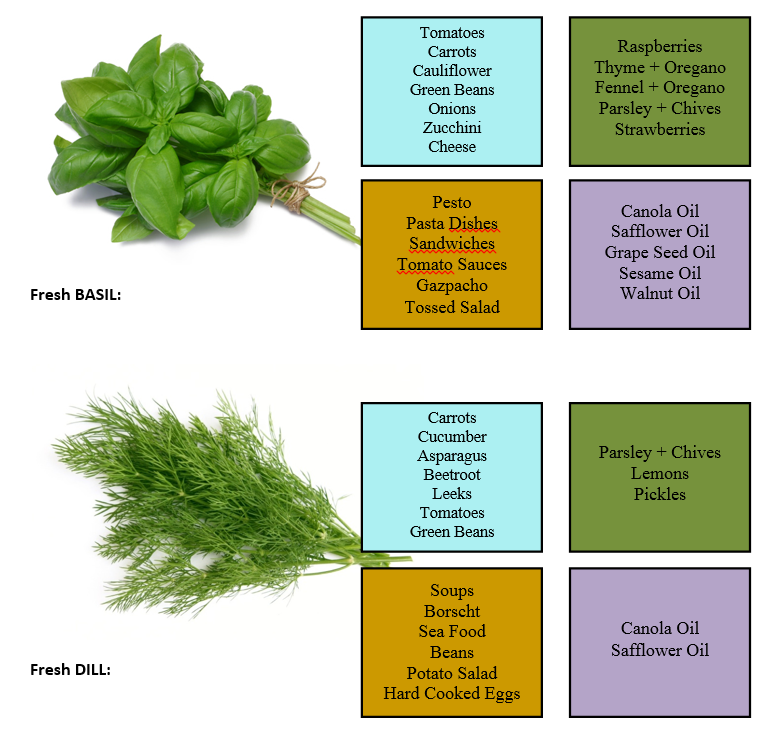
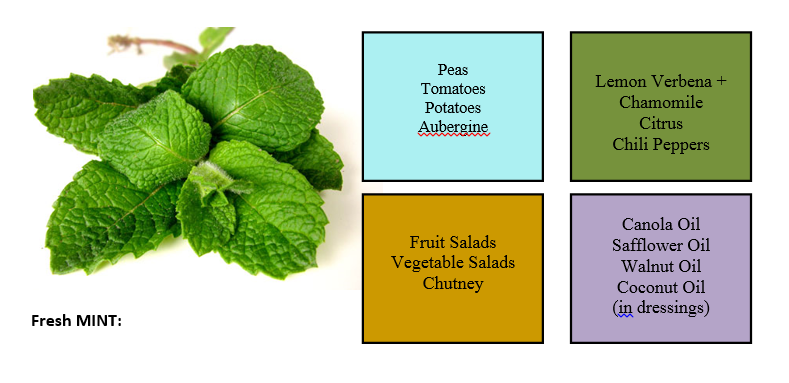
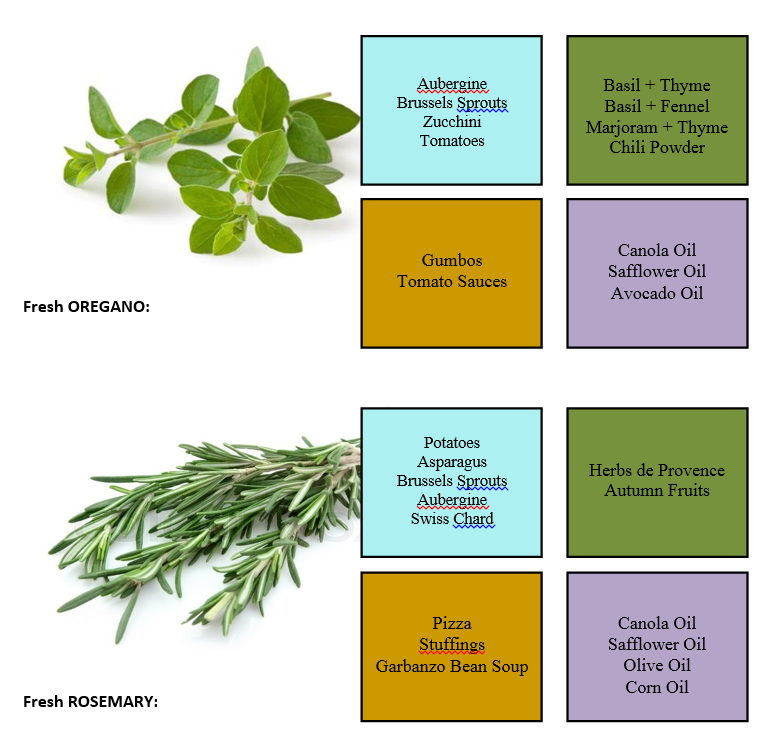
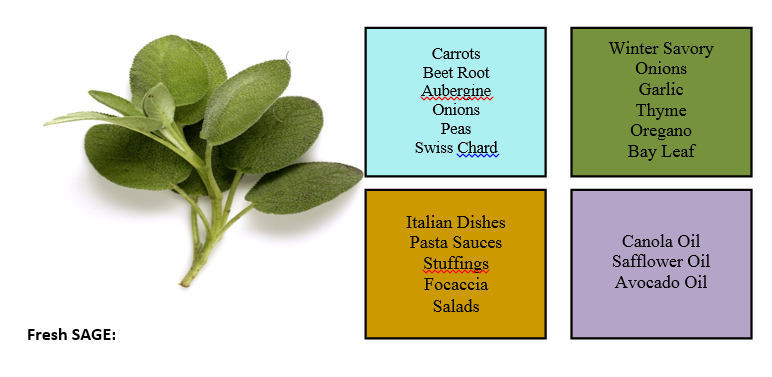
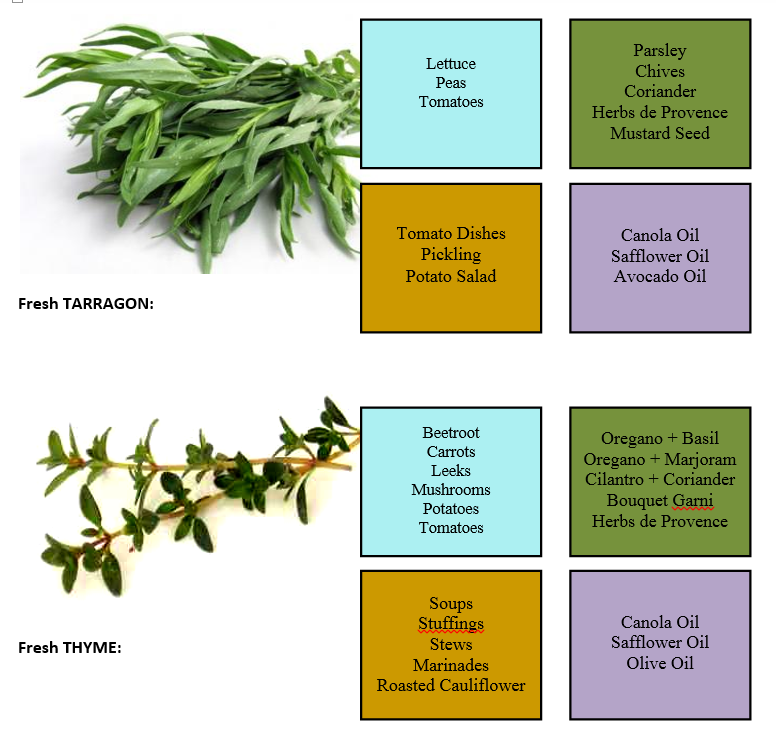
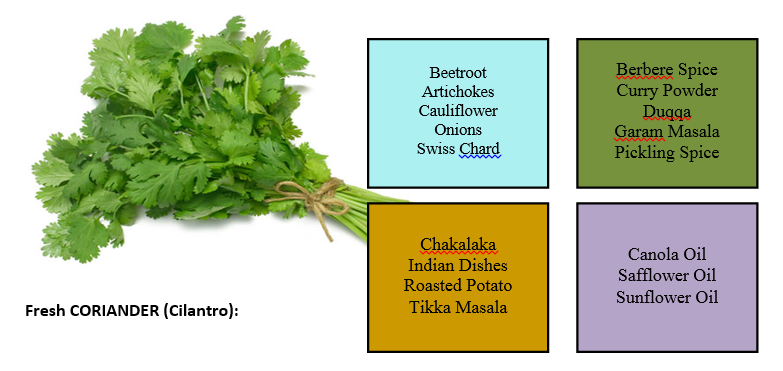
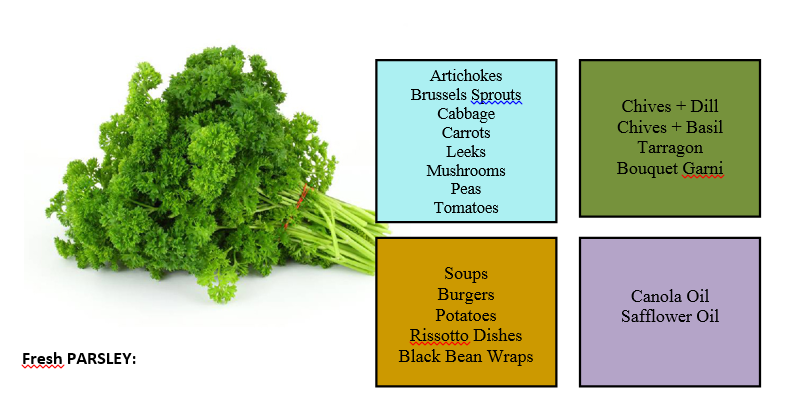
- www.precisionnutrition.com
- www.theheritagecook.com
- www.eatingrichly.com
- www.edenpetfoods.com
- www.colourbox.com
- www.paradisebar.net
- www.thedalesdeli.com
- www.foodsubs.com
- www.speedyremedies.com
- www.urbanlocavore.com.au
 Alice Osborne
Alice Osborne
Weekly Newsletter Contributor since 2006
Email the author! alice@dvo.com
